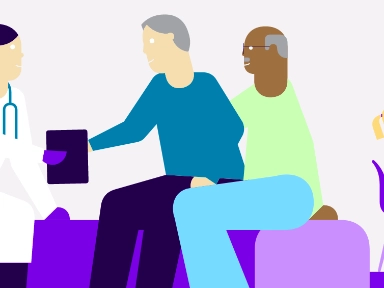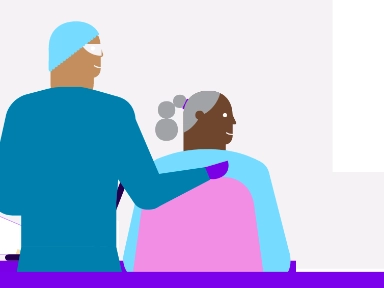Glycaemic Targets and Vascular Complications in Type 2 Diabetes: What Are the Thresholds?1
Summary of Zoungas S, et al. Diabetologia. 2012;55:636–643.

Managing glycaemic levels in type 2 diabetes (T2D) is crucial to reducing the risk of vascular complications and mortality. The study by Zoungas et al., published in Diabetologia in 2012, investigates the relationship between HbA1c levels and the risks of macrovascular and microvascular events, as well as death, in patients with T2D. This summary highlights the key findings and their implications for clinical practice.

Study Overview
The study analyzed data from 11,140 participants in the ADVANCE trial, a large-scale, randomized controlled trial. Participants were assigned to either intensive or standard glucose control, and their HbA1c levels were monitored over time. The study aimed to identify glycaemic thresholds associated with increased risks of vascular complications and death.
Key Findings
- Non-linear Relationship
The study found a non-linear relationship between HbA1c levels and the risks of macrovascular events, microvascular events, and death. This means that the risk did not increase uniformly with higher HbA1c levels.
- Thresholds Identified
- Macrovascular Events and Death:
Risks increased significantly above an HbA1c level of 7.0%. Below this threshold, there was no significant change in risk. - Microvascular Events:
Risks increased significantly above an HbA1c level of 6.5%. Below this threshold, there was no significant change in risk.
- Macrovascular Events and Death:
- Risk Increase
For every 1% increase in HbA1c above these thresholds, the risk of macrovascular events increased by 38%, microvascular events by 40%, and death by 38%.
Conclusions
The study by Zoungas et al. provides evidence of specific glycaemic thresholds above which the risks of vascular complications and death increase significantly in patients with T2D. These findings suggest that maintaining HbA1c levels below 7.0% for macrovascular events and death, and below 6.5% for microvascular events, is crucial for minimizing risks.
Clinical implications for General Practice
Healthcare providers should aim to:
By focusing on these areas, healthcare providers can help reduce the risk of vascular complications and improve outcomes for patients with T2D.
Referenser
-
Zoungas, S., et al. (2012). Glycaemic control and vascular complications in type 2 diabetes: The ADVANCE trial. Diabetologia, 55, 636-643.




